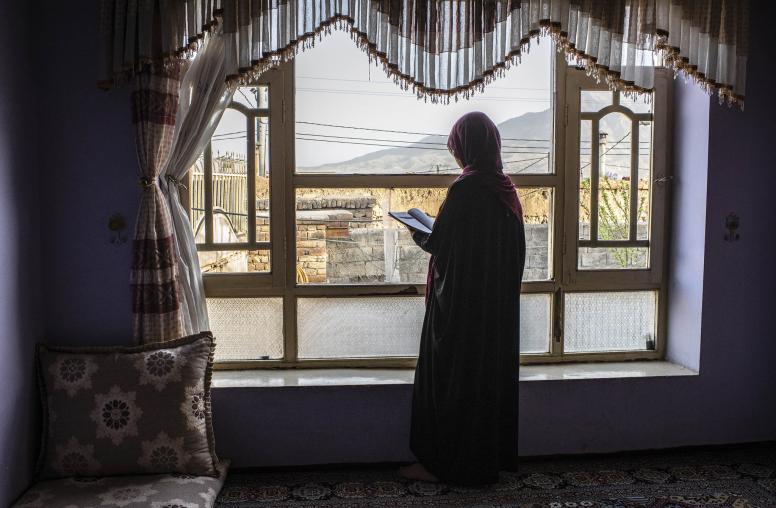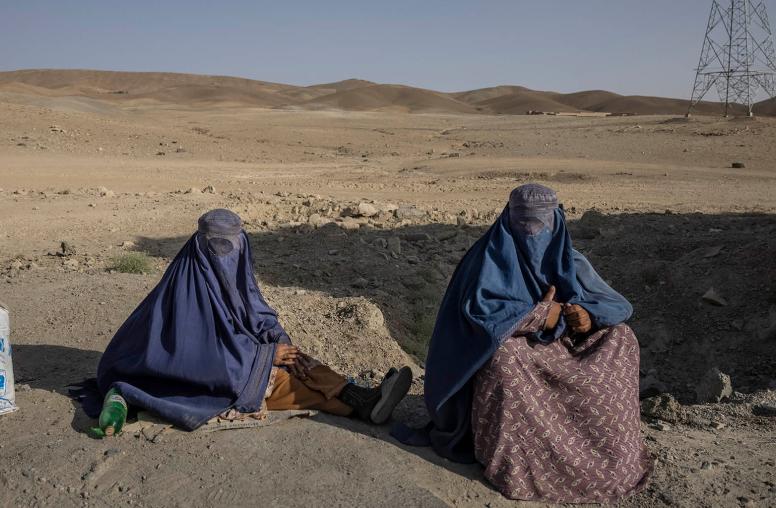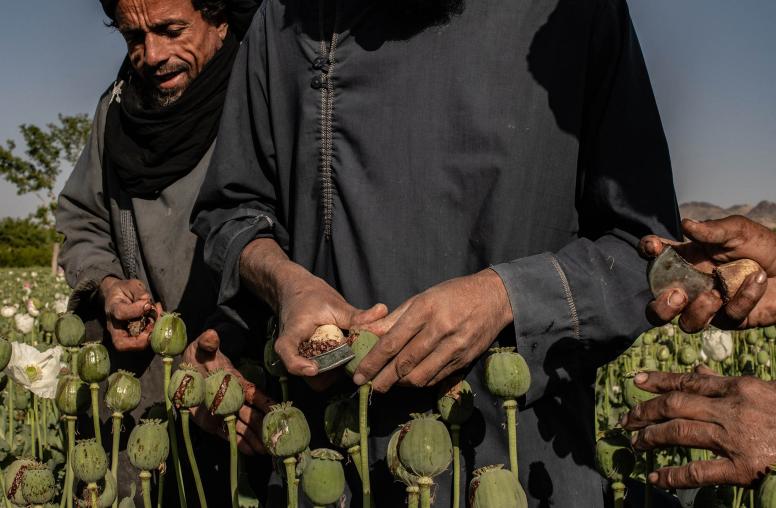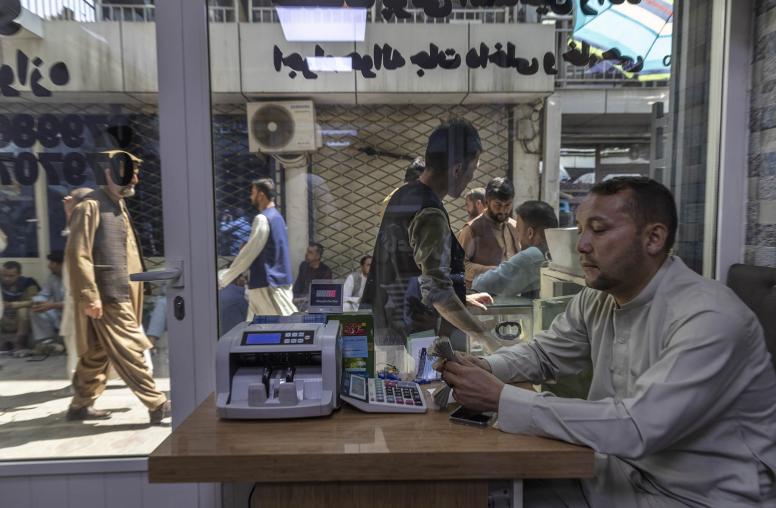USIP Staff Take Cover as Insurgents Mount Brazen Attack in Kabul
USIP’s Sylvana Sinha had just finished lunch and was in the middle of doing some last-minute planning for a rule of law conference the Institute is hosting in Kabul this month when she got word of large blasts downtown.
September 15, 2011
USIP’s Sylvana Sinha had just finished lunch and was in the middle of doing some last-minute planning for a rule of law conference the Institute is hosting in Kabul this month when she got word of large blasts downtown.
Sinha, a rule of law adviser based at USIP’s Kabul office, texted some friends at the U.S. embassy to get more information. She was informed there had been two explosions near the embassy compound.
“All of the sudden we heard another blast,” Sinha said the next day by phone. “And right away we thought we should get away from the windows, and because it sounded so close, that we just decided to go down to the safe room.”
It’s easy for internationals to become jaded about violence in Kabul, and many Afghans are so used to the sound of gunfire and explosions that some pay it little mind. But the raid Sept. 13 in Kabul was different. Less than a dozen insurgents, reported to be with the Pakistan-based Haqqani network, slipped into the city and staged a dramatic siege lasting 20 hours.
USIP’s Kabul office is home to more than a dozen nationals and internationals doing work on a number of USIP’s many Afghanistan-based programs. Sinha, who has been assigned to the office in Kabul since November 2010, had just welcomed another USIP employee, Karima Tawfik, from Washington that morning.
Using texts, phones and e-mail from inside the bunker below the USIP office, Sinha and the others learned that much of the violence was in Abdul Haq Square, less than a mile away, and Masood Circle, near the U.S. embassy compound. Afghan guards traded information on the street with other guards as the sound of explosions and crack of gunfire continued. Then they heard a rocket hit and Sinha said it sounded as if it landed right next to the USIP office.
“That’s when I got really scared,” she said.
Experts are scratching their heads about how such a small group of insurgents could mount such an attack and sustain it for as long as it did. Although many Afghans in the area shrugged off the raid initially, they later noted that it was far worse than they suspected and became fearful as the explosions seemed to spread across the city.
Sinha, and Hamid Khan, another rule of law adviser, and other office personnel all stayed in the bunker for more than nine hours. “The entire staff is hunkered down,” Khan told a reporter for The Washington Post that day, using BlackBerry Messenger to communicate. “We’re very tense and alarmed by how close the rocket attacks and gunshots keep coming.”
The bunker at the USIP office was completed this summer and had never been used. The roughly 10’x 25’ room is considered to be a safe place to wait out violence. It has few amenities, but it does have water and most importantly, the Internet, which the staff used constantly to get updates on the fighting underway just outside their doors.
By 10 p.m. most of the gunfire had stopped or been confined to an area on the other side of town, and the Afghan locals, Sinha and the others scrambled home. The office opened the next day.
The rule of law conference, one of many projects in which the USIP office in Kabul is engaged, is expected to attract attendees from across the U.S. and Afghanistan to assess how the Afghanistan constitution should be interpreted. The issue is under much contention: while the Afghan Supreme Court claims it is the body that should interpret the document, a special commission, known as the 157 Commission, also claims that role. The upcoming conference hopes to provide more clarity on just who has interpretive authority on everything from prisoner’s and women’s rights to contractual rights.
Sinha credits the Afghan staff, including Baheerullah Safi, the administrative and logistics officer for the USIP office in Kabul, for doing such a good job to keep the office and its personnel safe as the siege wore on. “Any one of us would say this kind of thing would happen, that it’s possible, but it’s really scary when it actually happens,” she said.
Explore Further
- Countries and Regions: Afghanistan
- U.S. Senator on Top Challenges Ahead in Afghanistan
News Feature | September 9, 2011



